קמיל פיסארו(1830-1903)
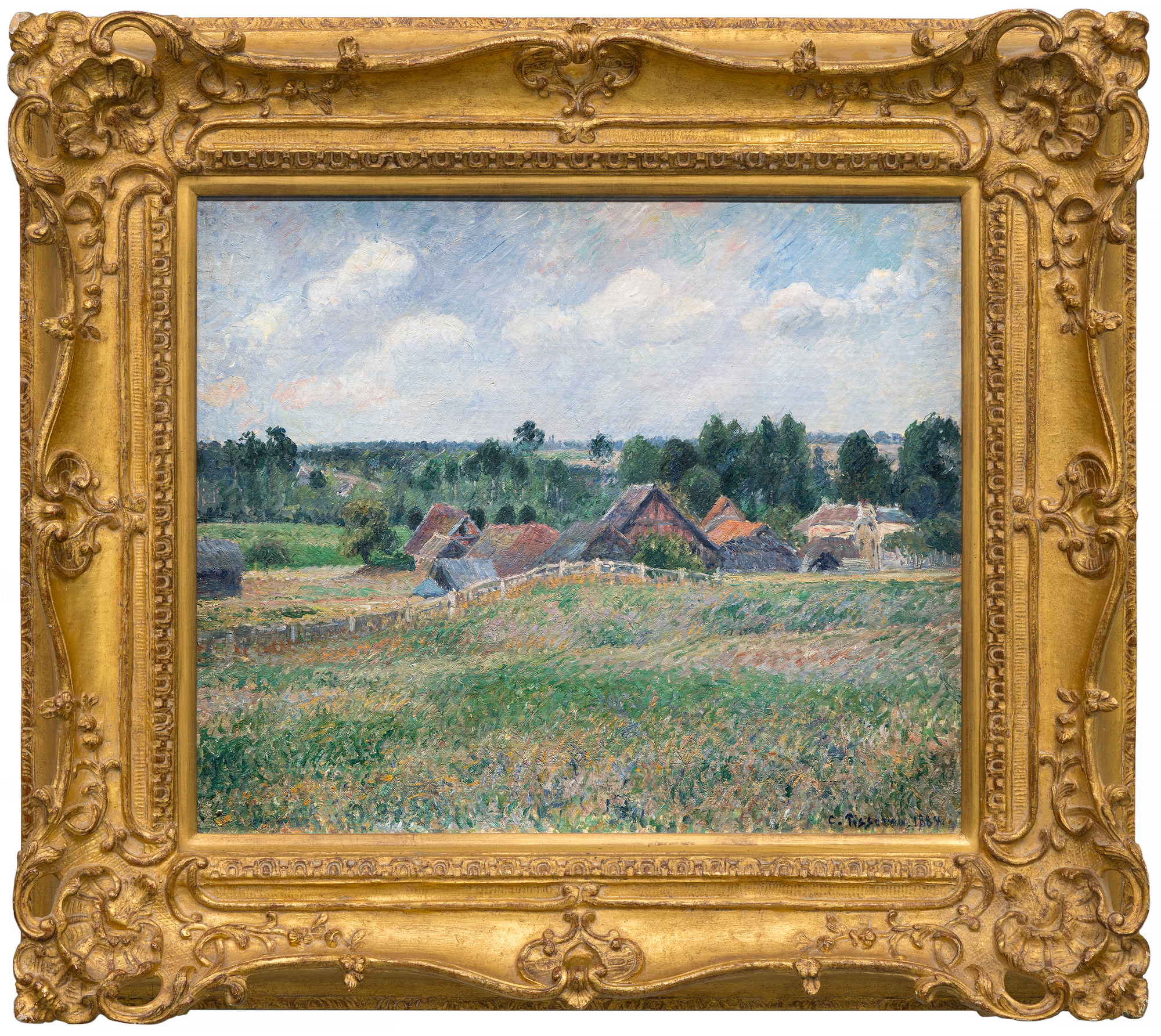
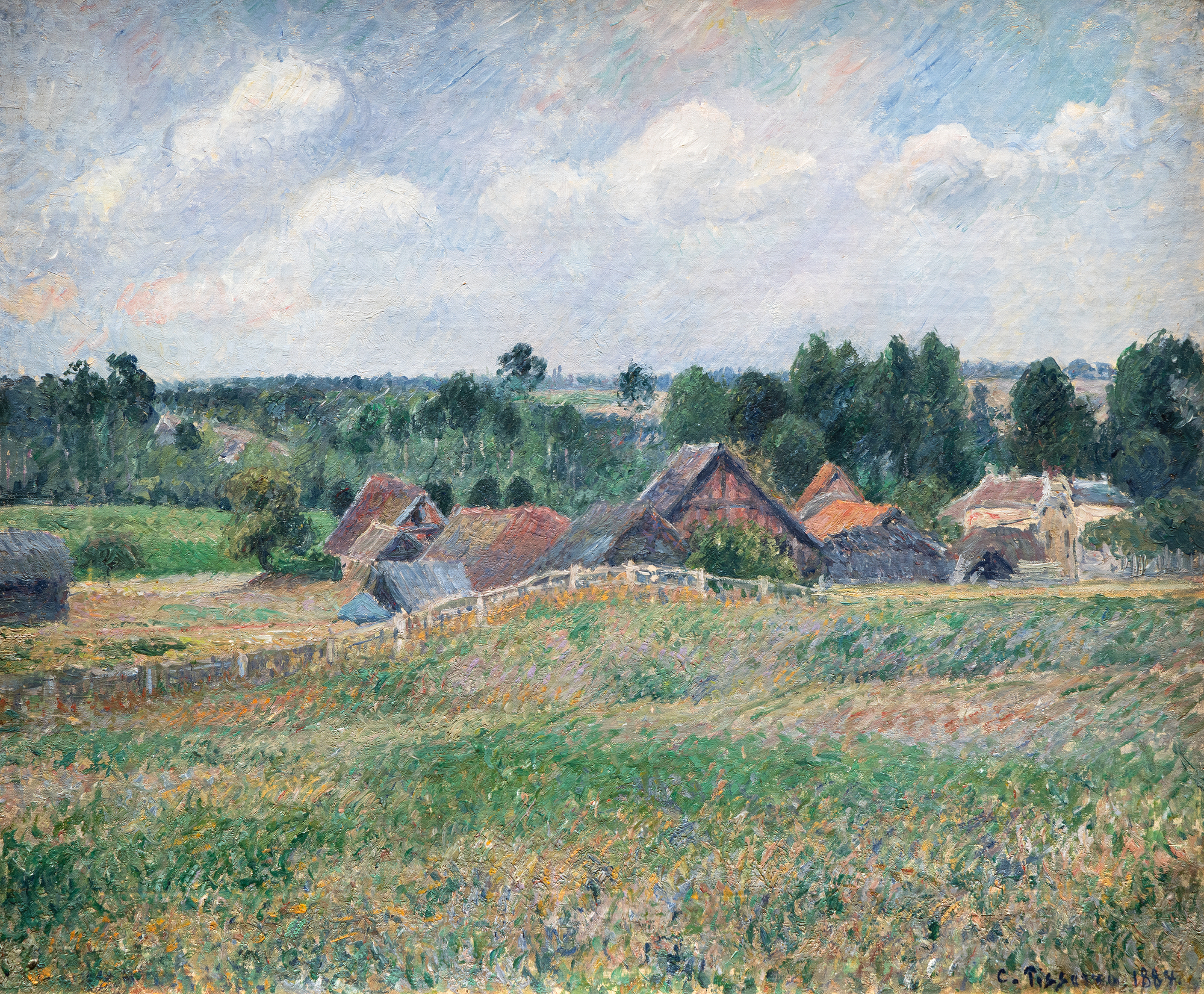
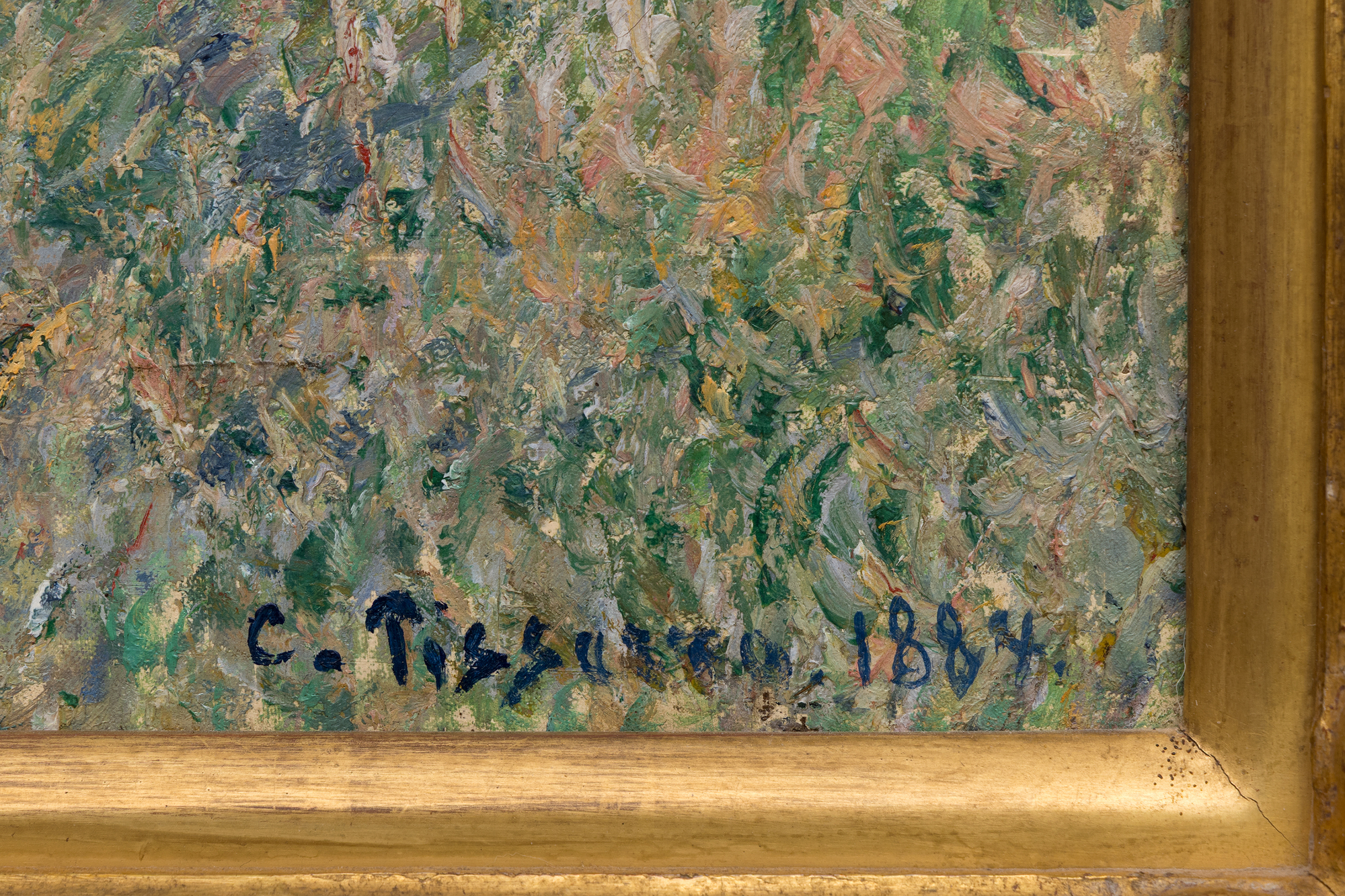
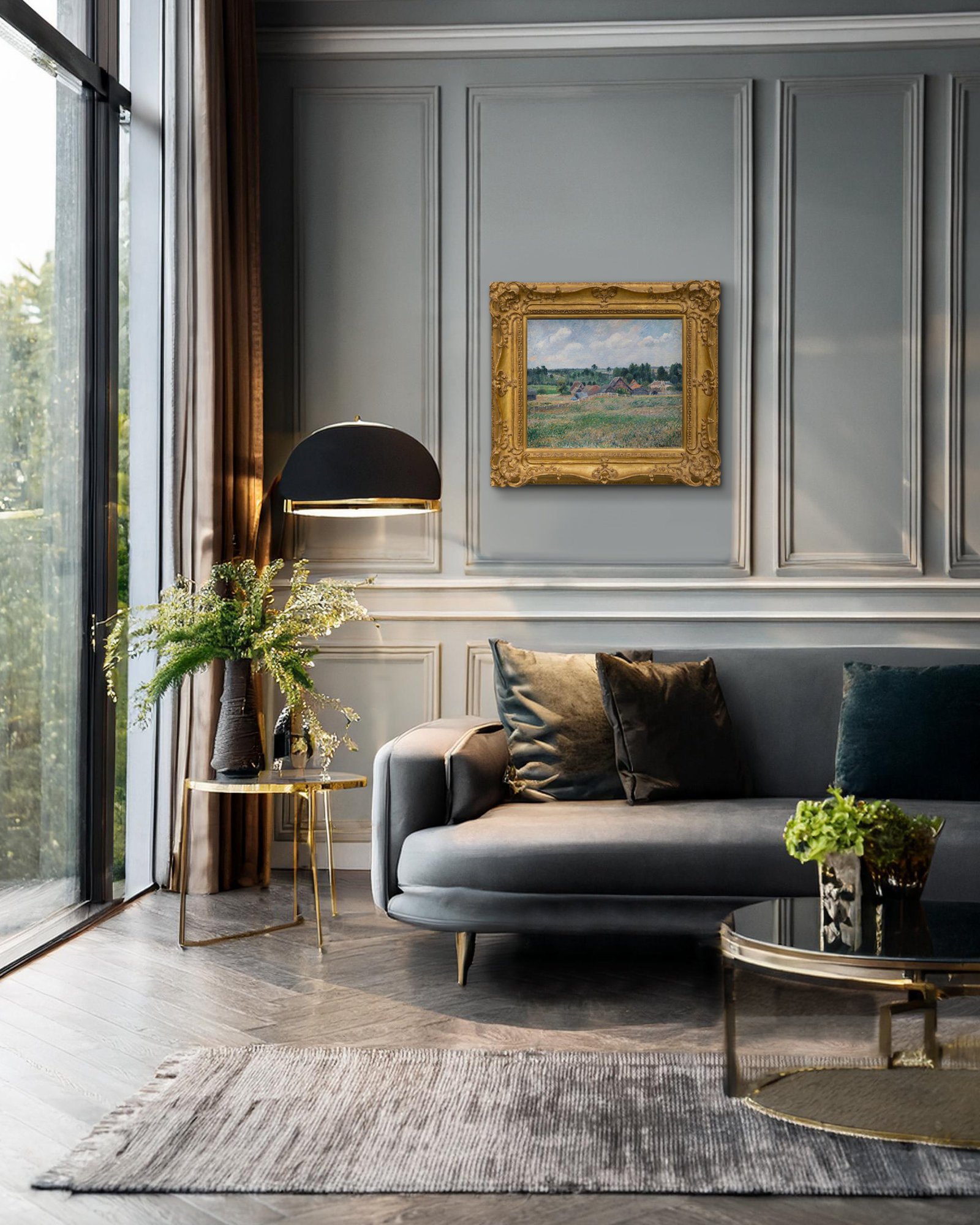
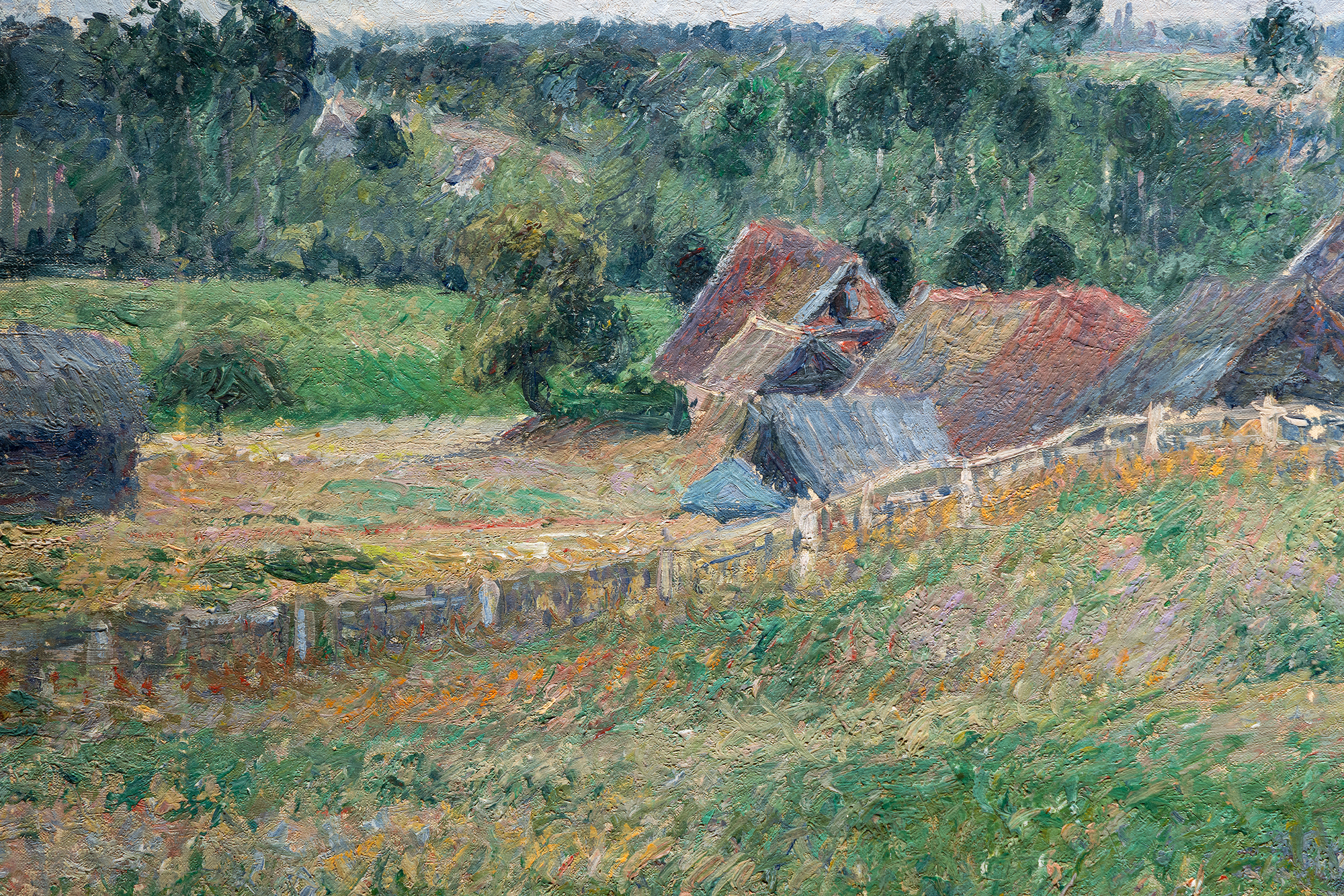

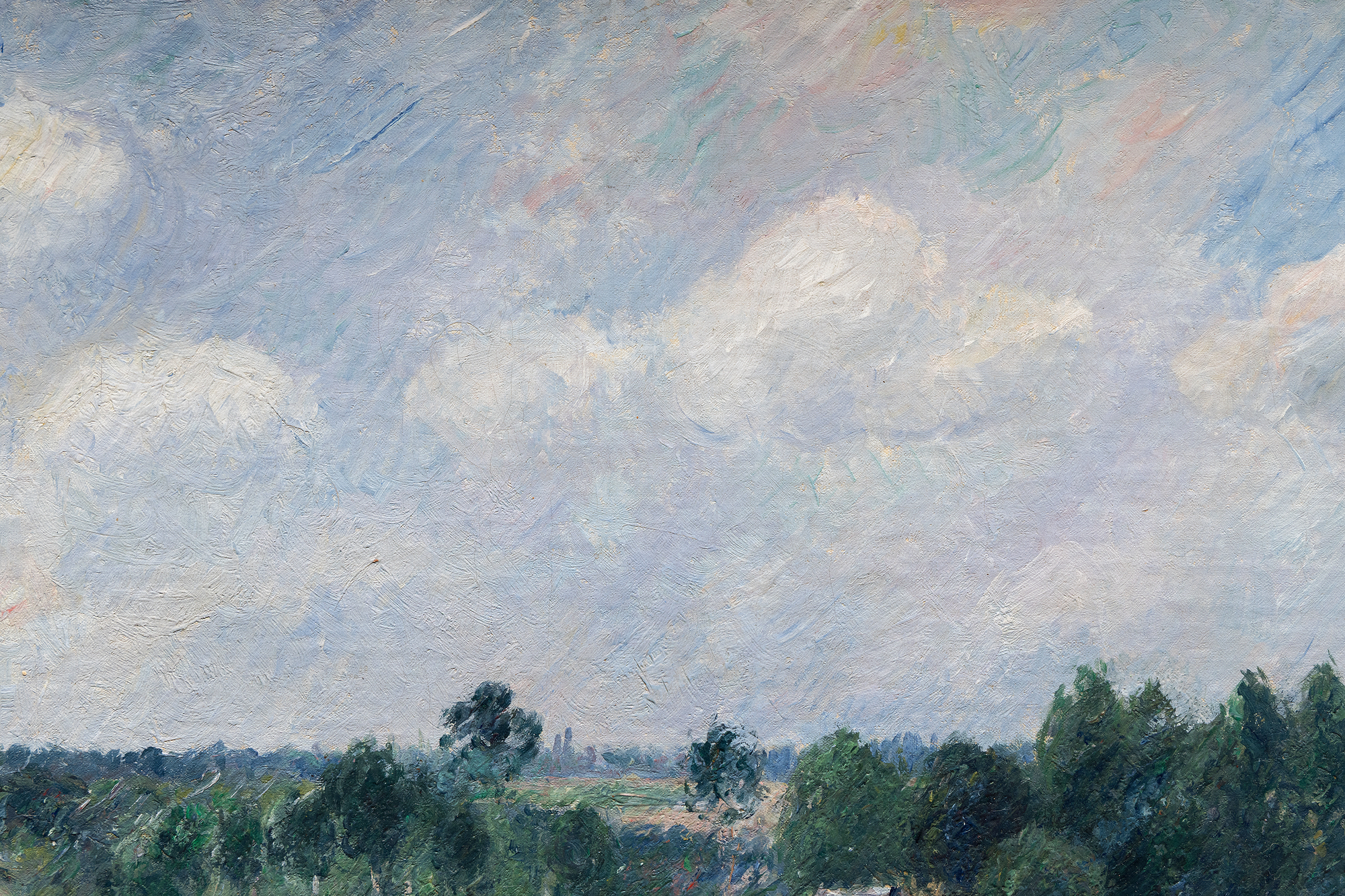
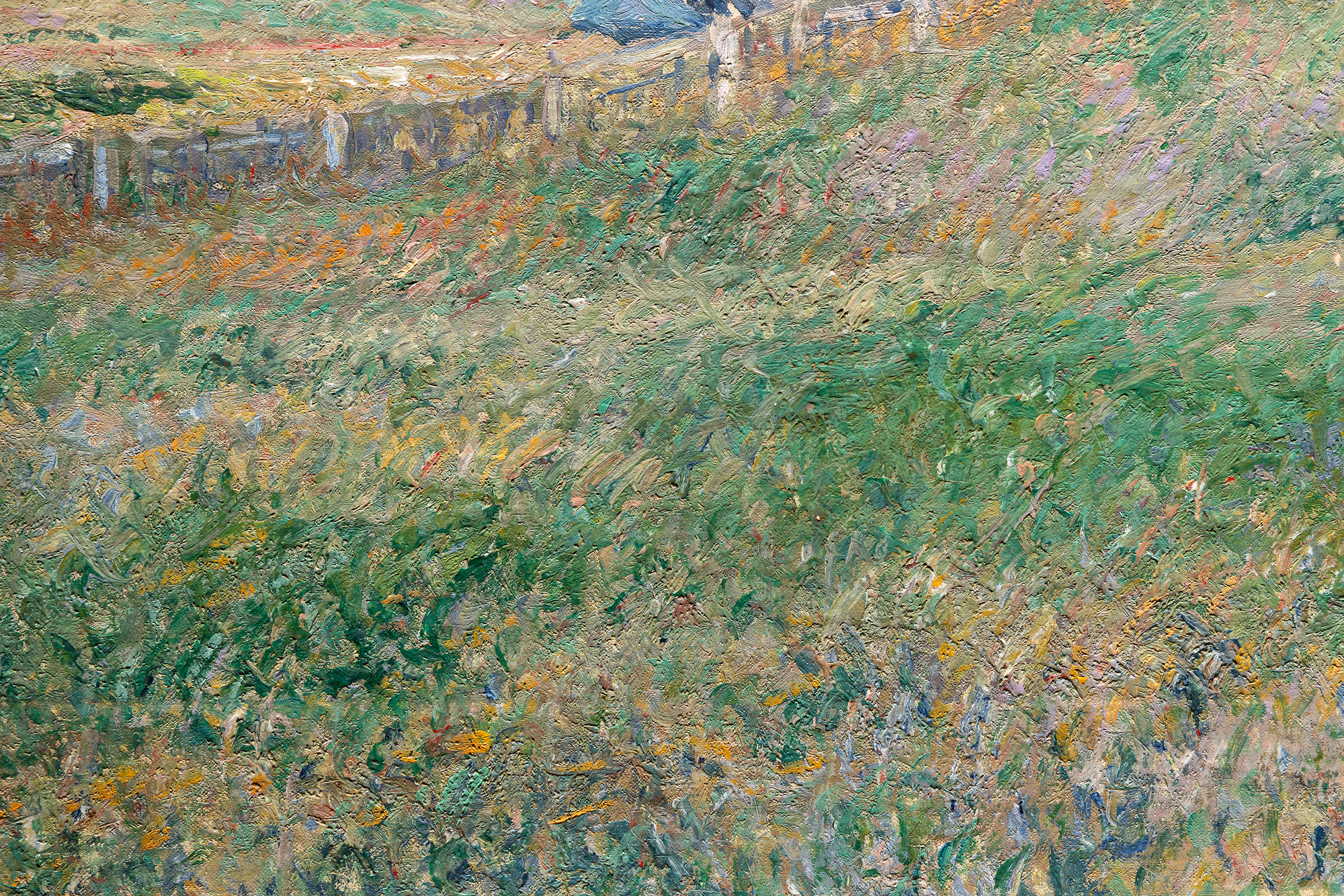
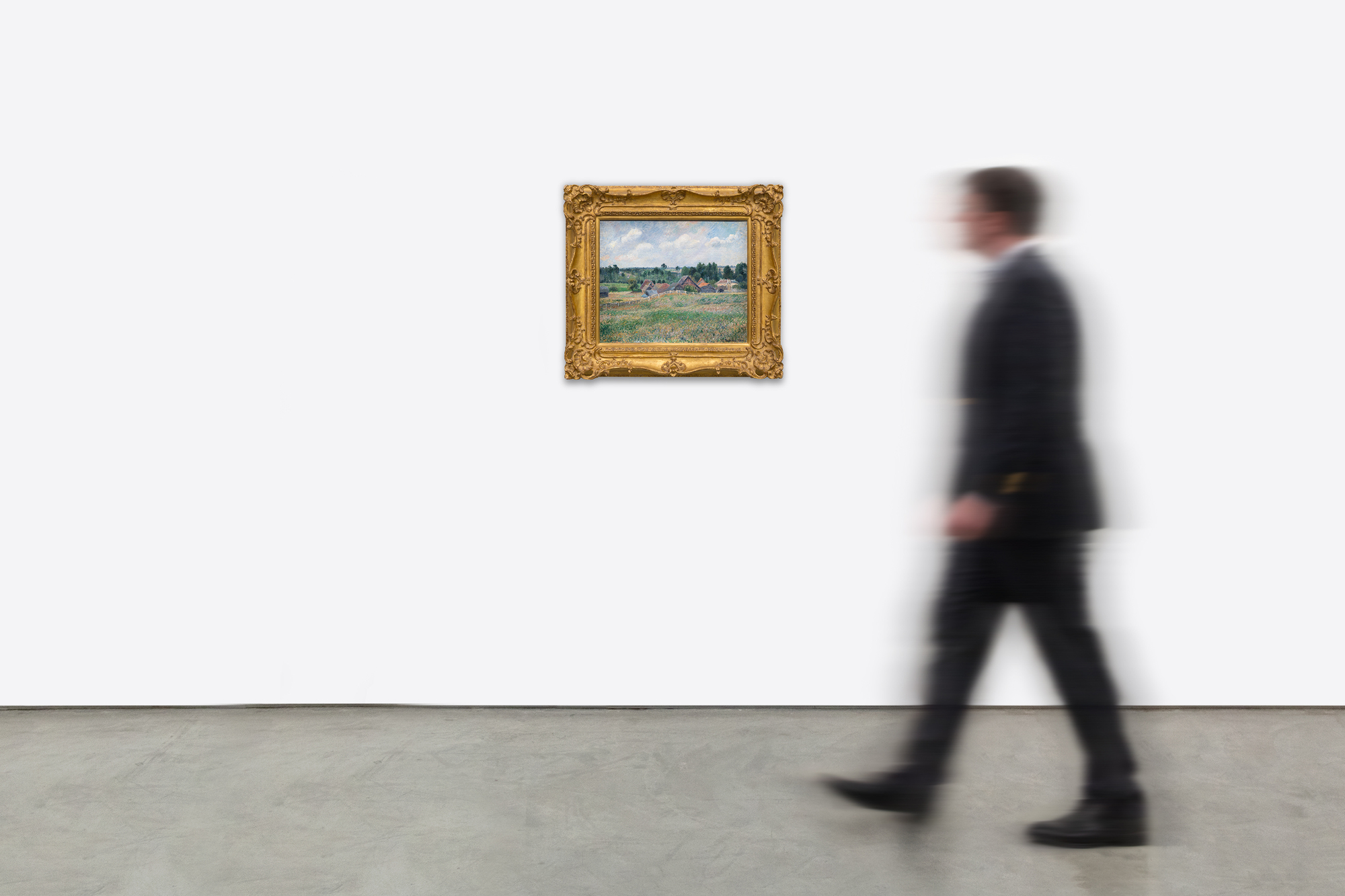
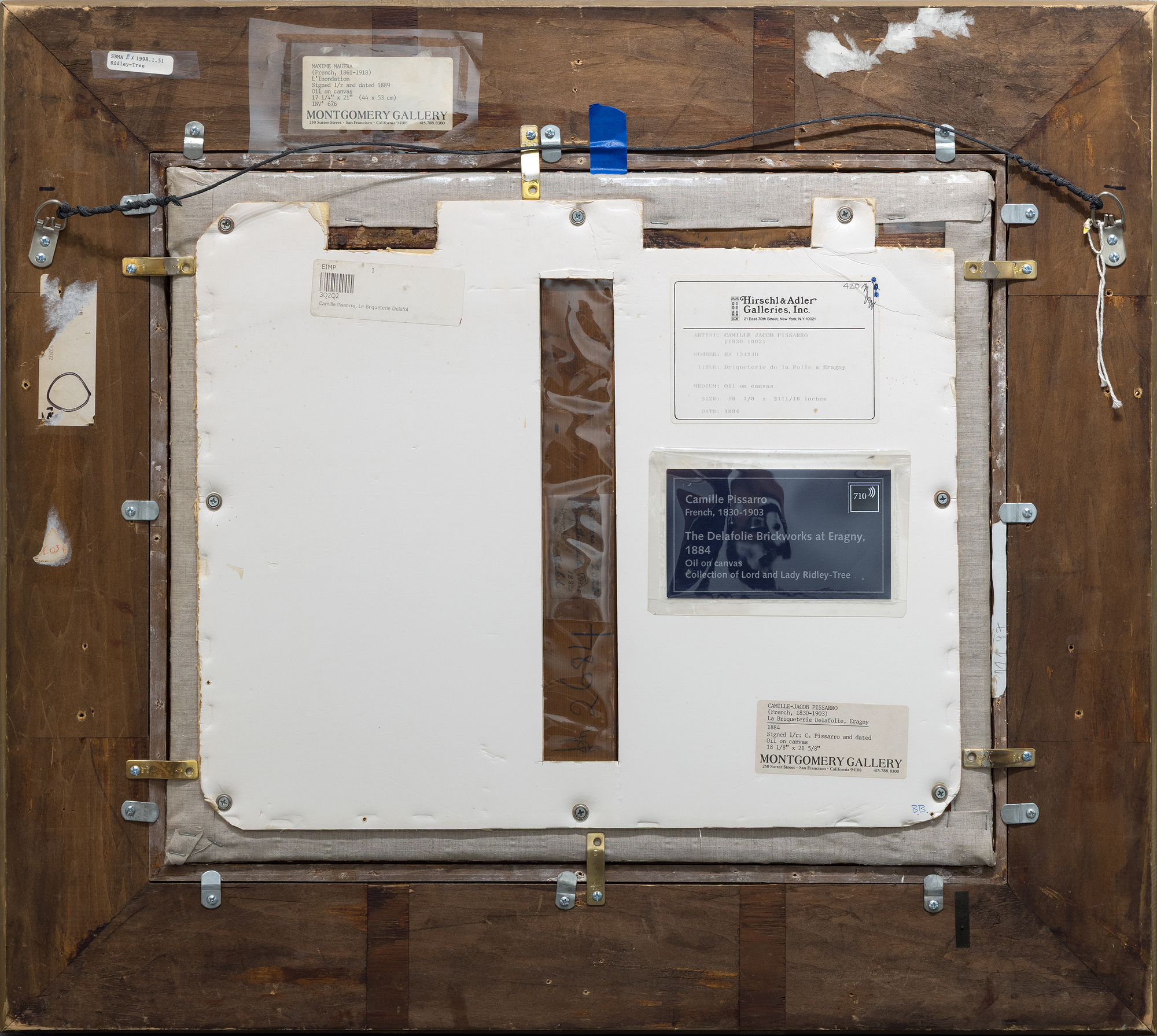
מקור ומקור
דוראן-רואל, פריז, נרכש מהאמן, 1892ורנר הרולד, ציריך, נרכש מהנ"ל בשנת 1917
משם בירושה עד 1991
גלריית מונטגומרי, סן פרנסיסקו (במשלוח)
גלריות הירשל ואדלר, ניו יורק
אוסף פרטי, ניו יורק, 1994
לורד וליידי רידלי טרי, סנטה ברברה, קליפורניה
אוסף פרטי
תערוכה
פריז, צרפת, גלרי דוראנד-רואל, Camille Pissarro, 1892, no. 30ורשה, פולין, Towarzstwo, Zachety Sztuk Pieknuch w Krolestwie Polskiem, Wystawa Dziel Artystow Francusk... עוד...אייך, 1911, מס' 114
ציריך, שוויץ, Kunsthaus, L'Art française des XIXe et Xxe siècles, 1917, no. 152
פריז, צרפת, Gazette des Beaux-Arts, La Peinture française du XIX siècle en Suisse, 1938, no. 76
בריסל, בלגיה, Palais des Beaux-Arts, De David à Cézanne, 1947-48, מס'. 108
סנטה ברברה, קליפורניה, מוזיאון האמנות של סנטה ברברה, אוספי סנטה ברברה: רשמים מצרפת, 1998, מס' 51
ספרות
אלפרד ארנסט, "קמיל פיסארו", לה פאה, פריז, פברואר 1892, עמ'. 2Janine Bailley-Herzberg, Correspondance de Camille Pissarro, Vol. III, פריז, 1988, מכתב מס. 734, עמ'. 171, מס'. 5
לודוביק-רודו פיסארו וליאונלו ונטורי, קמיל פיסארו: אמנות הבן, יצירת הבן, כרך. א' פריז, 1939, מס' 681, עמ'. 177; כרך השני, לא. 681, pl. 141
אריק זפרן, אוספי סנטה ברברה: רשמים מצרפת, סנטה ברברה, קליפורניה, 1988, מס' 51, איורים
יואכים פיסארו וקלייר דוראן-רואל סנולארטס, פיסארו, קטלוג ביקורתי של ציורים, כרך ג', פריז, 2005, מס' 776, איורים, עמ' 514
... פחות... מחיר 1,900,000
בחזית התמונה נראה אחו צבעוני. משיכות המכחול בצבעי ירוק, אוקר ולילך מכל עבר מעבירות את תנועת הרוח העדינה בשדה תחת שמיים צמריריים. במרחק, מתגלה מפעל הלבנים דלאפולי, בבעלות חברו הטוב ושכנו של פיסארו. קטלוג הקיום מציין:
"מפעל הלבנים דלאפולי באראני מתייחס למפעל לבנים מקומי בבעלות משפחתית ובניהול משפחתי. מר דלאפולי לא היה סתם בנאי - הוא היה שכנו של פיסארו ובישל לעצמו סיידר. הסיידר שלו היה, על פי הדיווחים, כל כך טוב עד שקלוד מונה כתב פעם לפיסארו ושאל מי הסוחר ואיך יוכל להזמין לעצמו חבית. פיסארו ומר דלאפולי היו חברים טובים, ופיסארו ניצל לעתים קרובות את משלוחיו הסדירים לפריז ולז'יזור כדי לשלוח את ציוריו יחד עם הלבנים."
יצירות דומות נמצאות במוזיאון ד'אורסיי, במוזיאון וולטרס לאמנות ובמוזיאון ברמינגהם לאמנות. ציור זה מציע לאספנים יצירה נדירה ופופולרית, המגלמת את הקשר האינטימי של פיסארו לנוף ולקהילה של אראני.


